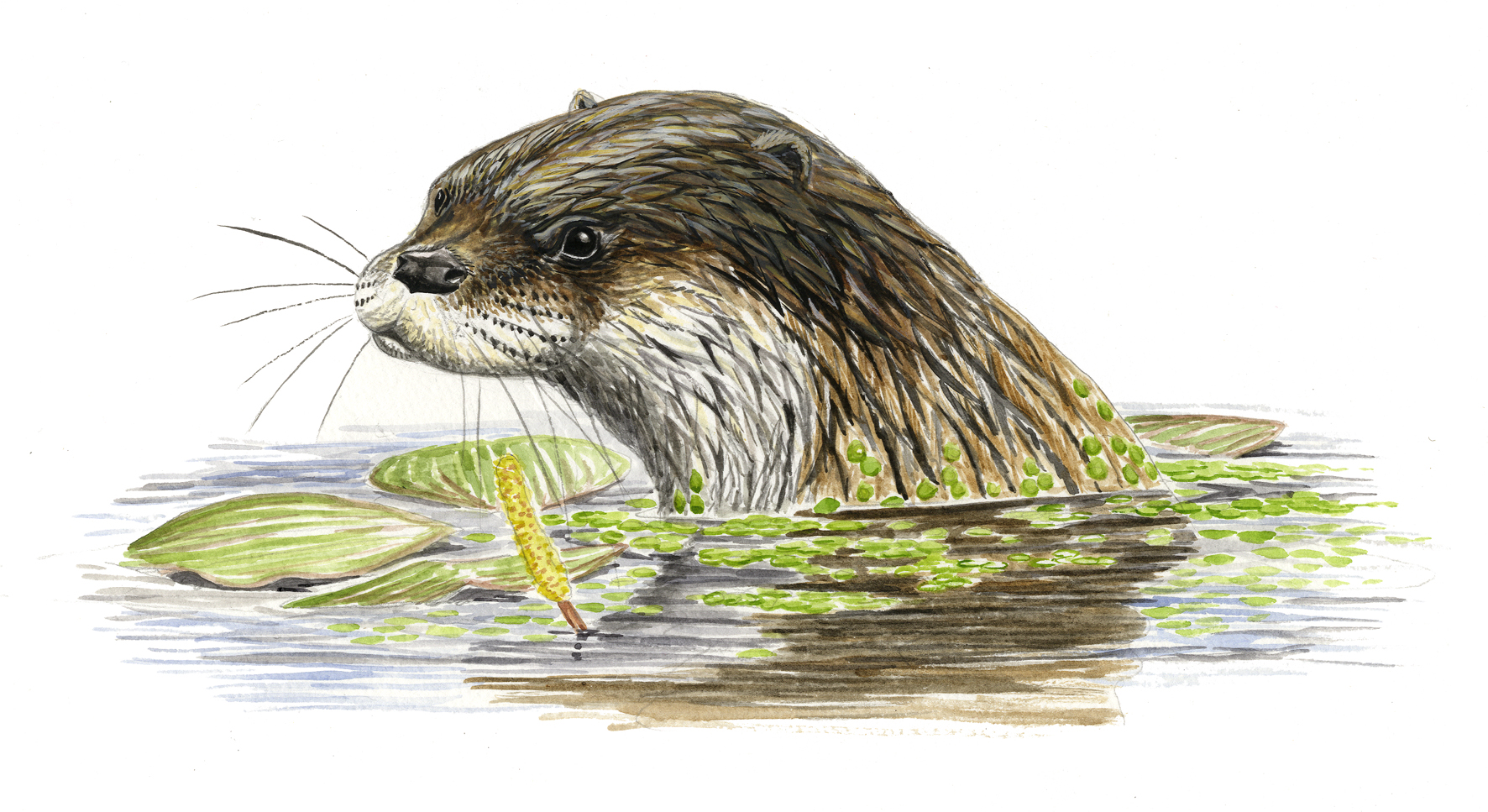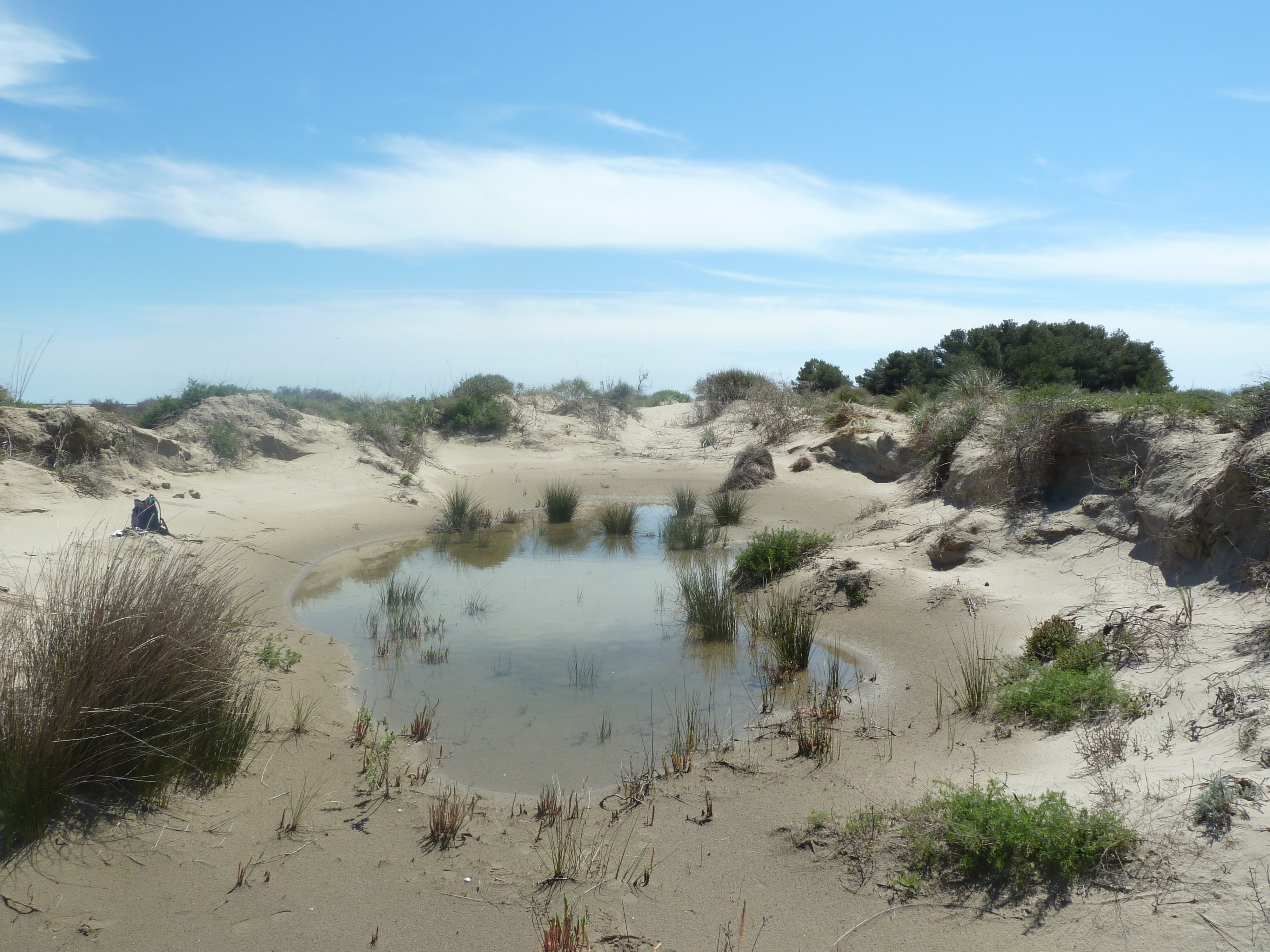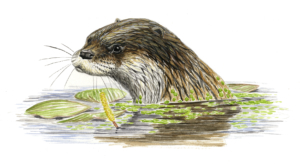 European Otter (Lutra lutra) footprints were observed in early June 2015 in the Camargue (southern France), near the hamlet of Beauduc, less than one kilometre from the Mediterranean Sea. It was a series of footprints in the sand from a single individual, which were easily identifiable because of their shape and size. The last traces of this species in this area date back to 1982!
European Otter (Lutra lutra) footprints were observed in early June 2015 in the Camargue (southern France), near the hamlet of Beauduc, less than one kilometre from the Mediterranean Sea. It was a series of footprints in the sand from a single individual, which were easily identifiable because of their shape and size. The last traces of this species in this area date back to 1982!
This discovery offers new proof of the return of the otter to the Camargue, where it used to be very common, before it gradually disappeared in the second half of the 20th century due to several factors including habitat degradation, pollution, drowning in nets, hunting and trapping, and being killed on roads. The situation for otters is quite similar in the rest of France, where populations had decreased considerably until a few decades ago.

Photograph of the site in the Camargue (Rhone delta, Southern France) where European Otter footprints have been spotted in June 2015 (photo A. Olivier / Tour du Valat)
This emblematic wetland mammal has successfully recolonised the Atlantic coast and the Massif Central, as well as some tributaries in the southern sections of the Rhone. Its return can be explained principally in terms of the new protected status given to the species in 1981, as well as by the improved water quality in certain regions. Since 2012, indicators of its presence have been observed in the Baux valley as well as in different places in the Camargue (Plan du Bourg, the Little Rhone, and the Great Rhone), suggesting that one or more isolated individuals may be exploring these new territories. Apparently, the Otter is being sustainably reintroduced into the Rhone Delta .
The discovery of evidence indicating the presence of otters in the lagoons and marshes of the former Camargue salt works is excellent news, not only for the conservation of the species, but also for this site purchased by the French coastal protection agency (Conservatoire du Littoral) in 2012. Since then, this vast 6,527 ha natural area has been co-managed by the Camargue Regional Natural Park, the Tour du Valat, and the French National Nature Protection Society (SNPN). The future will tell whether or not our re-naturing of this former salt works is favourable to the long-term reintroduction of the Otter.
Drawing: © Cyril Girard
